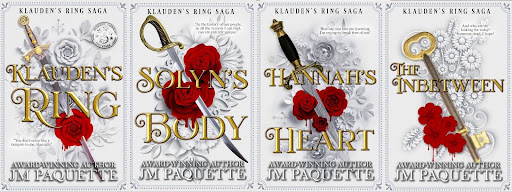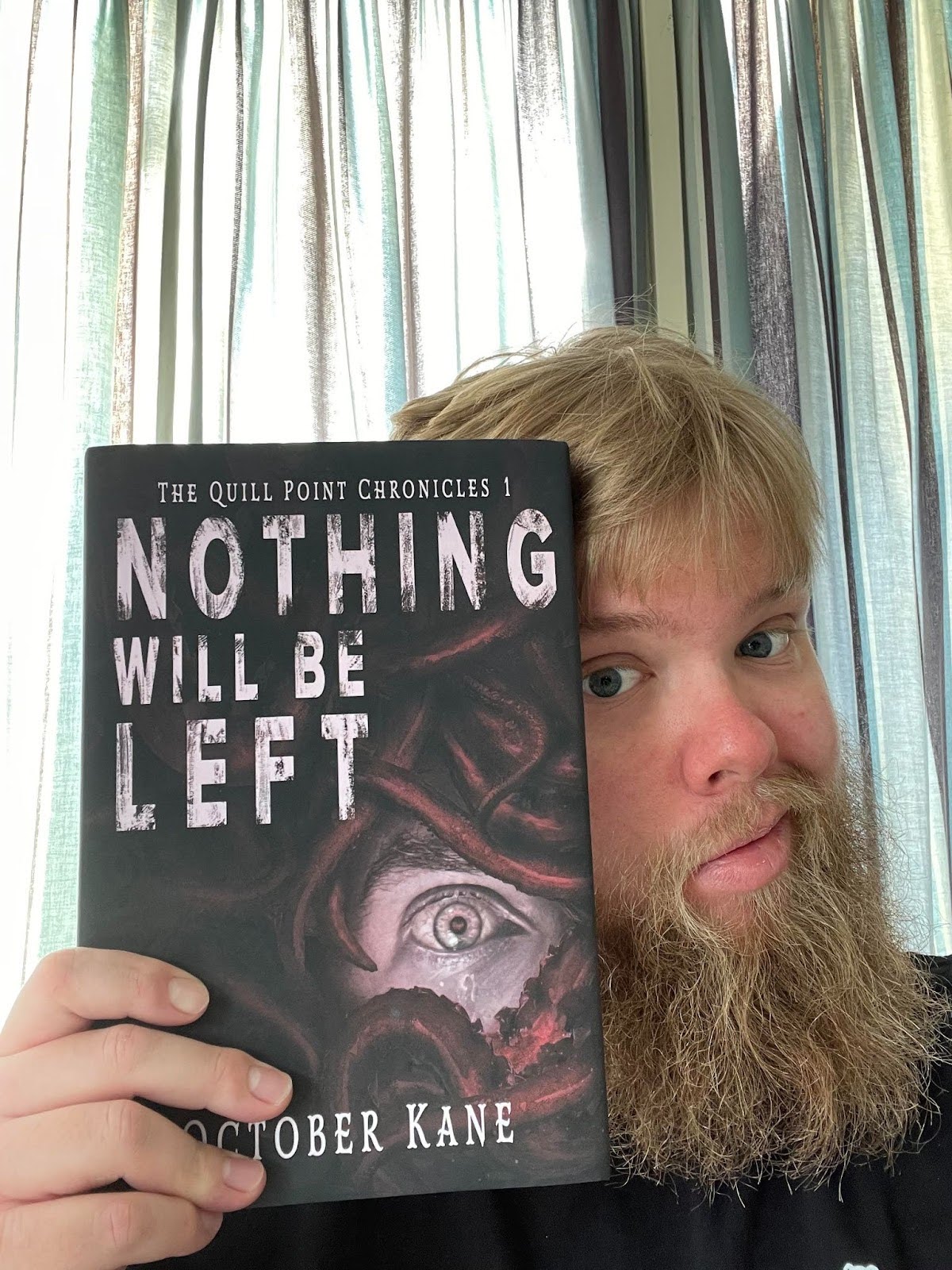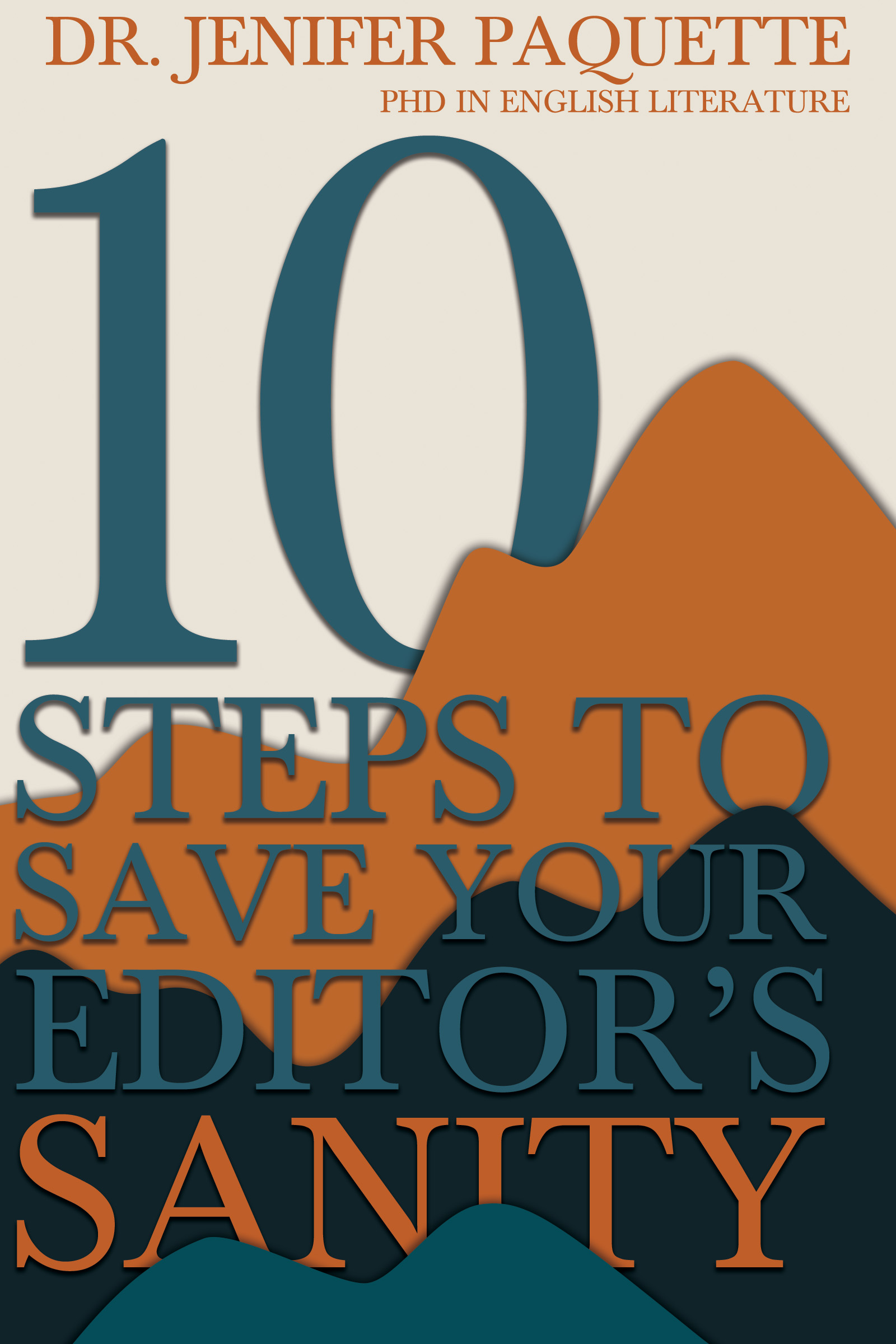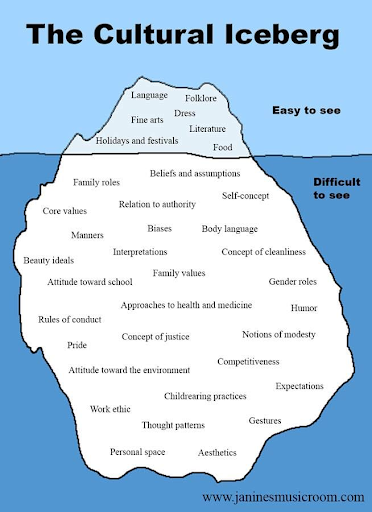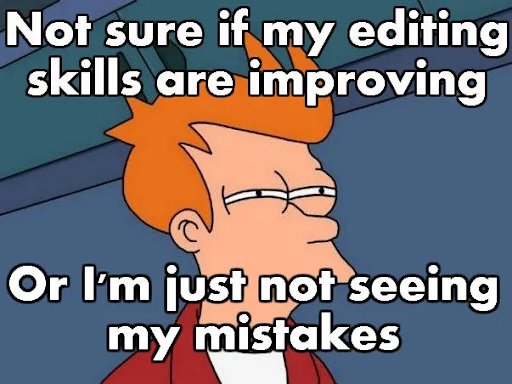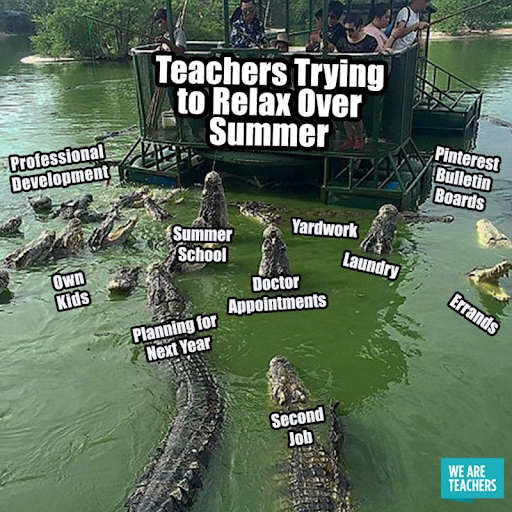
Let me be honest. At the beginning of my own career, I too avoided the infamous checkbox of an author newsletter without fully understanding the weight of that decision for not only my career, but also in correlation to my readers and sales. Regardless, as many of us often eventually do, I reached out to a marketing professional asking for help on developing a marketing plan since I was missing the mark on book reviews and sales. Sure, my book has won awards, gotten accolades, invested in Blog Tours, Book review Tours, and so much more. Time and money never to be seen again with very little results can dishearten anyone and worse, feed that monster we call Imposter Syndrome. It was this one tiny piece of conversation that made it clear, my only mistake was avoiding a newsletter:
Marketer: Where’s your newsletter?
Me: People still do those?
Marketer: Oh no…
Honestly, she gave me one homework assignment: MAKE A NEWSLETTER. Then pointed me in a direction, and told me “KEEP IT ACTIVE!” And I half-assed that advice.
The results?
Well, after struggling to get 16 reviews on an award-winning book for 6 years (including giving away 5,000+ free or discounted copies in one of those years), from Mid-Jan to Mid-Dec, I had jumped to 60+ Amazon reviews and started seeing constant monthly sales.
The secret?
I made a weak attempt at making a newsletter.
What Do You Write?
Don’t overthink this. It can literally look like an email and text only style. You don’t have to be fancy and program logos, drown it in art and graphics – none of that matters. Getting it started and sending the newsletter out and being consistent matters more. What should you write? Remember this person just gave you their email, the virtual version of a phone number, and invited you to “call me” knowing you intend to talk about you, your books, and push for reviews, sales, and support. Don’t be shy. There’s nothing shameful about writing to these fans. YES FANS. READERS. YOUR READERS.
Instead of thinking about the 20/200/2000+ people you are sending this to, hyperfocus on a single entity named “Your Reader” and talk to them. Make this the slowest conversation you have ever had, make them feel like the two of you just became pen pals. You can be casual and short. Share what inspired the story, why you write, and every so often ask if they have left a review for other readers to know what to expect. If you have a wide span of monsters, or characters, have some fun and every so often send them a profile or compendium style entry. On holidays give them an exclusive short story or even invite them to be your ARC readers if they have opened your last 5 emails. REWARD ENGAGEMENT.
It’s ok to send them invitations to events or announce pre orders, but a majority of the emails from you should be conversational. You’ll be shocked to see how many reply and engage in emails with you depending on what you’ve written. Some may even apologize for forgetting that book review, so be sure to let them know it’s ok, and how much you appreciate they cared to even tell you that much! THEY ARE HERE FOR YOU.
Automation and Drip-Campaigning
We always hear that phrase, “work smarter not harder” and considering us authors LOATHE marketing (in most cases or simply introverts), this is one way we can do just that. Many newsletter or mailer sites allow you to gain access to automated emails, or journeys (may cost more to access i.e. MailChimp). These can be a lifesaver for keeping consistent engagement. Instead of stressing about creating fresh content, you instead CURATE content in 1/2/4-week intervals for the ideal reader or target person. Again, these can be super simple that are set to send after a timer of X amount of days have passed since the previous email was sent to the subscriber/email in question.
Again, this doesn’t lessen the intimacy of your interactions, but it can also show you when you are being engaging and which email/newsletter fell flat and should be changed. The reader can still “reply” to these emails and you can engage one-on-one with the readers who do reach out, respond, and so forth. This is meant to help you focus your target audience into a single entity, which overall, is much easier to engage with.
Be sure to sneak in a reminder every so often for a review or even remind them this is part of a bigger collection or series, but for the most part it’s a great way to share inspiration and intention about your journey and writing. This is only 13/27/53 emails to establish the first year depending how often you want to “drip” an email into their inbox!
Where and When Do I Start
This is one of the most COMMON questions I get when people realize they are going to have to rip this bandaid off and get cracking on a newsletter. Many start with a conversation with me that goes like this:
Author: I published my book on Amazon about five years ago, but I only sold like 12 books.
Me: Who did you tell that you published your book?
Author: Well, I published it on Amazon.
Me: Over a thousand or more books are published on Amazon every day. Name one that was released today?
Author: I don’t know what was published on Amazon today.
Me: Then how does everyone else know your book is on Amazon today as well?
You have to tell people about your book.
Otherwise, no one knows it exists no matter where it’s posted or sitting on a shelf at!
- Where do I get emails or find subscribers?
- Start close to home. Inform and provide a link to those on social media, family, friends, colleagues, peers, and anyone in reach. It’s amazing how many will join to support you on this first step.
- Sign up sheets or tablets at live events are old skool but still works wonders! These are folks who have physically met you and your books and want to be able to follow along or know more in the future!
- BookFunnel, StoryOrigin, and similar sites can be affordable resources for book-specific readers willing to trade samples and free books for email collection.
- You can also do Author swaps. Feature a book and link to sign up for another author and swap interested subscribers this way.
- There are purchasable “email lists” but I advise caution due to a few reasons. For starters, the money spent here isn’t the same as elsewhere, the unsubscribe rate can be high and cause your newsletter to start landing in SPAM folders or be flagged, and there’s no confirmation how OLD the lists are that you are receiving.
- Always have a sign up on your website! It’s still surprising how well this works, but remember, no one knows to sign up unless you tell them.
- I don’t have a book out yet, so I don’t need one right now.
- WRONG. You need one now. If I could go back in time, I would have been gathering readers and sharing progress and snippets while I was writing before I ever had a publisher or date or full manuscript.
- Not comfortable that too soon? That’s ok. Once you do have a preorder live, now is definitely a good time to start pushing and announcing your book. Share samples, gather a street team, early reviewers, and share behind the scenes about the story and what you’re doing to gear up for the release.
- I only have 1 book out right now so I have nothing to push to my newsletter.
- YES YOU DO. You have a book… out! RELEASED! Let people know, talk about what’s next, what you want them to know about said book, and more. Readers are reading your work, but how can they talk to you?
- There’s more than just pushing a book. Engage with readers, review books, discuss topics, and more. Interact with the fans so when that next book comes along, they are primed and ready to go.
- I don’t feel comfortable emailing strangers.
- They aren’t strangers. They’re YOUR READERS. Who want to know you and your writing. Again, stop seeing a room full of strangers and start seeing an adoring fan talking about what you wrote over a cup of coffee, tea, or even a glass of wine. TALK TO YOUR READERS. They gave you an email, and permission to do so.
The Numbers You Should Know
- Publishing Industry average open rate for newsletter emails has been at 12-15% for “open rate” while Author Newsletters often fall between 25-65% open rate. We have better results than publishers and PR firms.
- On average in 2017-2022, most author newsletter subscriptions noted to see roughly 20-27% of the total audience buy or review the book when presented with the opportunity.
- Most newsletters should fall between 200-1200 word count for the average online reader. Though sample chapters and freebies are expected to be longer.
- Authors who send weekly emails always see more engagement and higher results for open rates than those who send monthly by 15-30% depending on style and genre.
- In 2023, 75% of new subscribers for Self-Published authors came from a link or QR code in the back of their books and 69% from links on social media. (Psst! TELL SOMEONE!)
- Most report have under 500 super engaged subscribers, or a mixed bag between 1,000-5,000. It’s about QUALITY over QUANTITY!
- The average click rate on selling or pushing a product is 2% on average across ALL INDUSTRIES. Anything higher and you’re doing an amazing job and keep it up! Lower? Consider trying other ways to announce or present the book in those newsletters!
- There are 8 billion residents on Earth… and over 4 billion of them are EMAIL USERS. That means the reach via email is still far greater than that of social media!
- 69% of Marketers in 2024 have reported using exclusively email marketing to distribute content and reach consumers.
- 6 out of 10 consumers say they bought using a link in emails in 2024.
Discover More
Like the advice and information you see here? Follow me on social media where I often post videos talking about and discussing my own tribulations as well as encouraging others to excel. From advice about writing, book design, to insight on my own work and creations that may prove inspiring. Stay connected here at WillisAuthor.com OR https://linktr.ee/WillisAuthor


